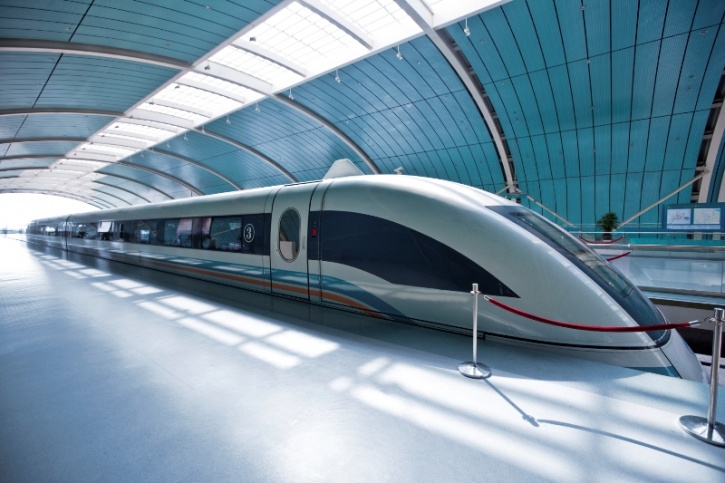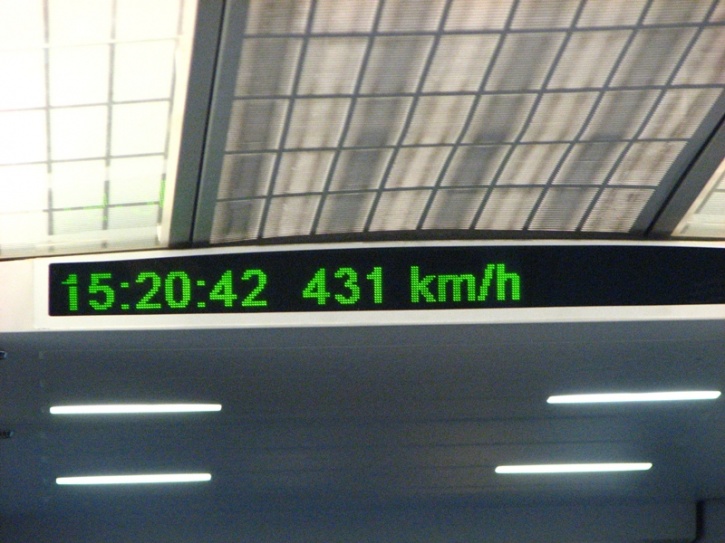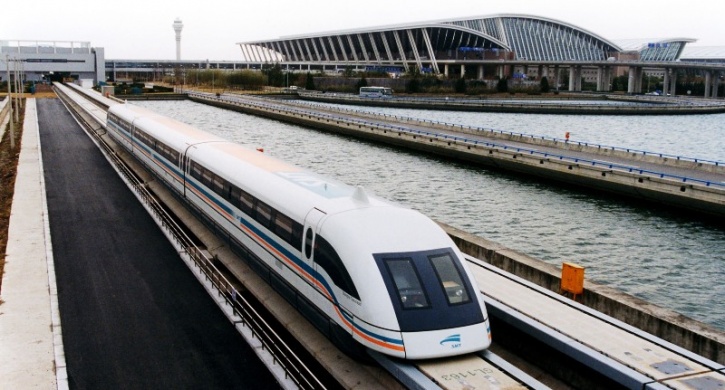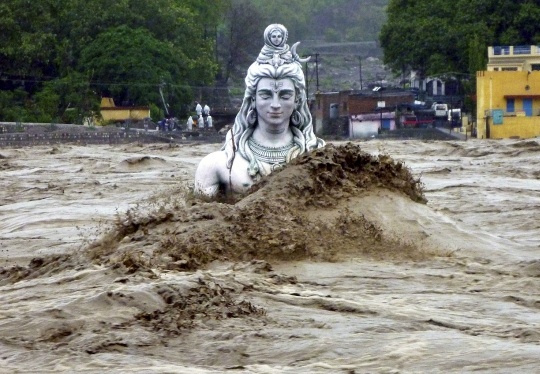What Are Exoplanets And How NASA Detects Life Beyond Our Solar System
Bharti Airtel Set To Acquire Telenor India Within This Year
Google Celebrates NASA’s Discovery Of Seven Earth-Like Planets With An Animated Doodle
Some Home Remedies That Might Sound Bizarre But Actually Work Like A Charm
Akshay Kumar Feels He Has Made Enough Money, Now Wants To Focus On Content & Characters
Delhi ATM Dispenses Fake Rs 2000 Notes From ‘Childrens Bank of India’ With ‘Churan Lable’
Adolf Hitler’s Personal Telephone During World War II Is Up For Auction In The US
From Salman Khan To Rekha, Neil Nitin Mukesh’s Wedding Reception Was Quite A Starry Affair
China To Provide Chennai With Worlds Second Largest High Speed Rail Line
Panels manufactured by US computer maker Dell line up the control centre of the China Railway Corporation (CRC), providing real-time data on the movement of 7,000 passenger trains - half of them the famed high-speed ones - and 20,000 cargo trains daily. Zhuang He, head of the control centre, is unfazed when asked about the 78 panels, lit up by blue and red lines that show the positions of the trains. "We have no problem buying from America. Ours is an integrated international purchase system. Whoever offers the best deal, we go for it," he tells a group of visiting journalists from India and major ASEAN countries. It is clear that quality and speed are the mainstay of the CRC, specifically, the High-Speed Railway (HSR). After developing the world's biggest HSR network - at 19,000 km it is longer than all of the world's high-speed lines put together - China is now looking for opportunities in neighbouring countries, including India, Malaysia, the Philippines, Singapore and Indonesia.
Stung by the worst-ever economic growth in 25 years, China is making an aggressive attempt to woo these countries and sell its HSR technology. While India has tied up with Japan for its first high-speed train to run on a 505-km track between Mumbai and Ahmedabad, China is keen to work on other proposed routes. It is carrying out feasibility studies for high-speed lines on the 2,200-km Chennai-New Delhi route and the 1,200-km long New Delhi-Mumbai corridor.
Zhao Guotang, vice general engineer of CRC, told ET the feasibility studies were "progressing well" and it hoped to do business with India in the near future. The proposed Chennai-New Delhi corridor could be the second-largest in the world, after the 2,298 km-long Beijing-Guangzhou line, which was launched three years ago. India accepted Japan's offer for its first high-speed train because of easy loan terms offered by Tokyo. While the Chinese may not offer concessional and easy loan terms, they claim their expertise and technology is compatible with that of India and other Southeast Asian countries. Zhao said it's not just about the terms, it's also about the speed with which the project is executed.

Comparing the Chinese HSR with that of competitors, he said that while China made over 1,000 km of such tracks in the past decade, Japan made 350 km and France managed 320 km. However, where average speed is concerned, Japanese trains run at between 240 and 320 kmph, whereas the Chinese ones are designed to go up to 250 kmph. Maglev (magnetic levitation) trains have achieved faster speeds in both countries. "We share a lot of similarities with India and other Southeast Asian countries in terms of the large population and the fact we are all developing countries," Zhao said.
The issues and problems that China overcame while developing its HSR are similar to what India presently faces. "I am aware of the ongoing debate in India - whether it makes financial sense to go in for expensive HSR when there are so many problems plaguing the conventional railway system. Also, whether the HSR will ever earn profits considering the high price of tickets," Zhao said.






